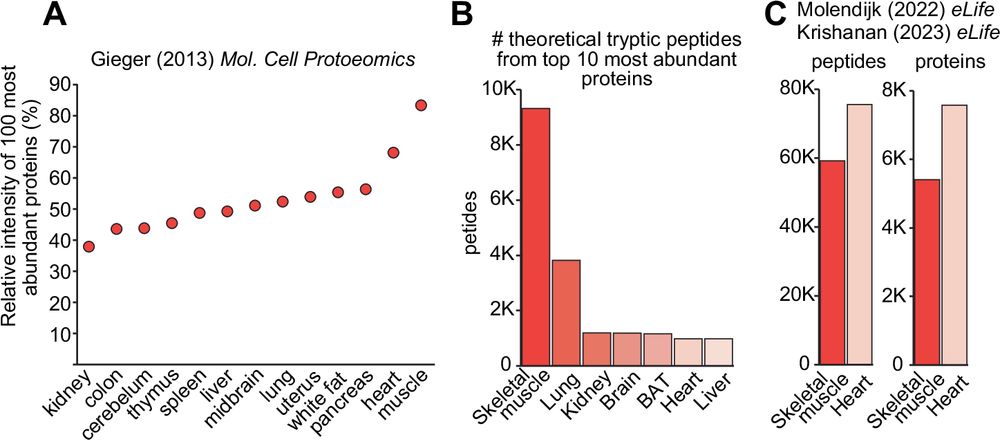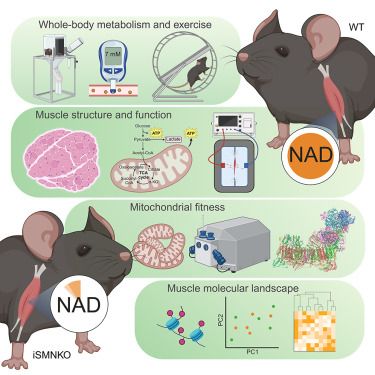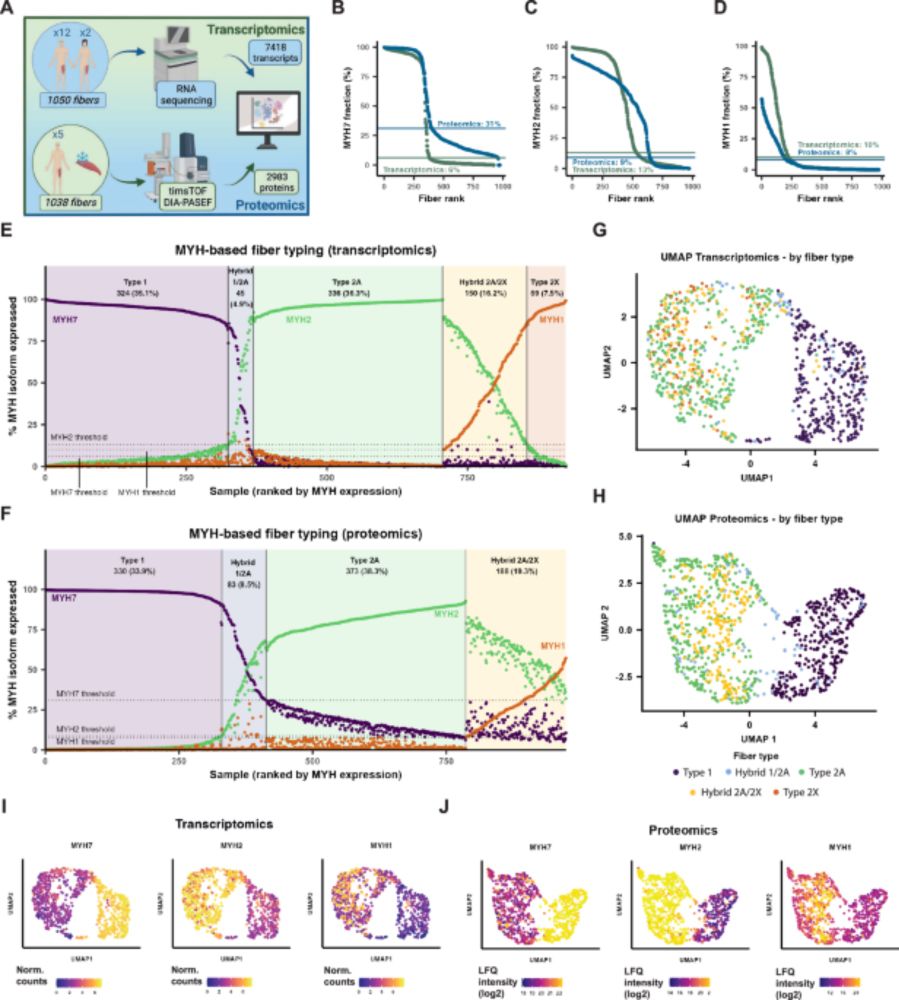Atul Deshmukh
@adeshmukh.bsky.social
110 followers
53 following
11 posts
Associate Professor interested in Proteomics and Metabolism
Posts
Media
Videos
Starter Packs
Atul Deshmukh
@adeshmukh.bsky.social
· Jun 8
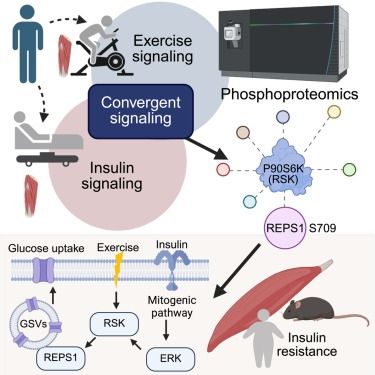
Insulin- and exercise-induced phosphoproteomics of human skeletal muscle identify REPS1 as a regulator of muscle glucose uptake
Skeletal muscle glucose uptake, essential for metabolic health, is regulated by both insulin and exercise. Using phosphoproteomics, we analyze skeleta…
www.sciencedirect.com
Atul Deshmukh
@adeshmukh.bsky.social
· Jun 3
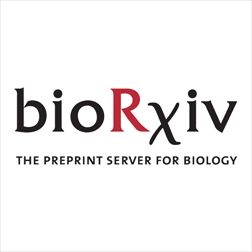
Body Fluid Proteomic Landscape of Acute Exercise
Physical activity improves health, yet the molecular mechanisms remain partially understood. This study presents a high-resolution, time-resolved atlas profiling 10,127 proteins across plasma, saliva,...
doi.org
Reposted by Atul Deshmukh
Eric Topol
@erictopol.bsky.social
· May 27

Personalized molecular signatures of insulin resistance and type 2 diabetes
Muscle samples from over 120 people were analyzed to identify molecular patterns linked
to insulin resistance, a key feature of type 2 diabetes. The findings reveal new insights
that could help tailor...
www.cell.com
Atul Deshmukh
@adeshmukh.bsky.social
· May 6
Atul Deshmukh
@adeshmukh.bsky.social
· Apr 29
Julien Ochala
@droch.bsky.social
· Apr 29
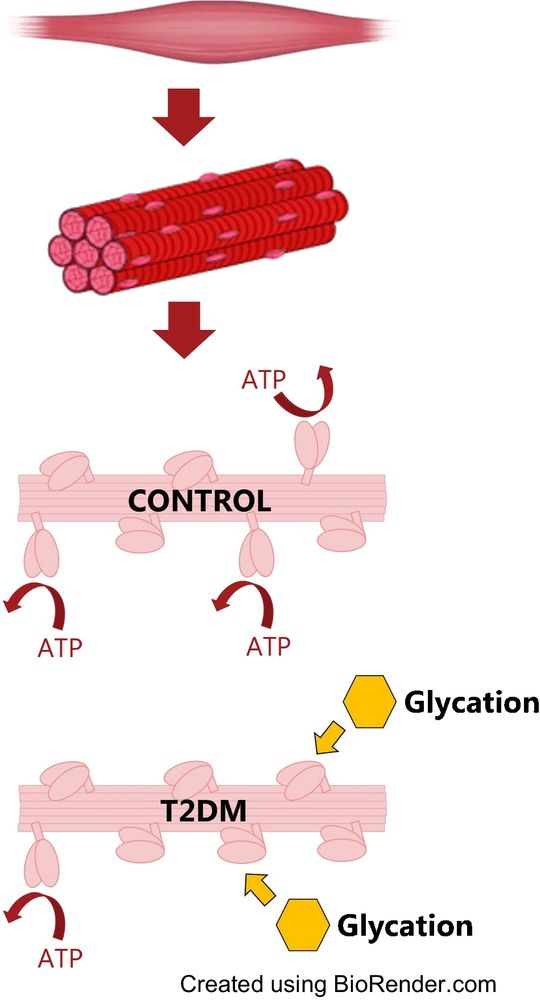
Dysregulated skeletal muscle myosin super-relaxation and energetics in male participants with type 2 diabetes mellitus - Diabetologia
Aims/hypothesis Disrupted energy balance is critical for the onset and development of type 2 diabetes mellitus. Understanding of the exact underlying metabolic mechanisms remains incomplete, but skele...
link.springer.com
Atul Deshmukh
@adeshmukh.bsky.social
· Apr 26

Fiber Type–Specific Adaptations to Exercise Training in Human Skeletal Muscle: Lessons From Proteome Analyses and Future Directions
Skeletal muscle is a key determinant of sports performance. It is a highly specialized, yet complex and heterogeneous tissue, comprising multiple cell types. Muscle fibers are the main functional cel....
doi.org
Reposted by Atul Deshmukh
Reposted by Atul Deshmukh
Atul Deshmukh
@adeshmukh.bsky.social
· Feb 19
Reposted by Atul Deshmukh


